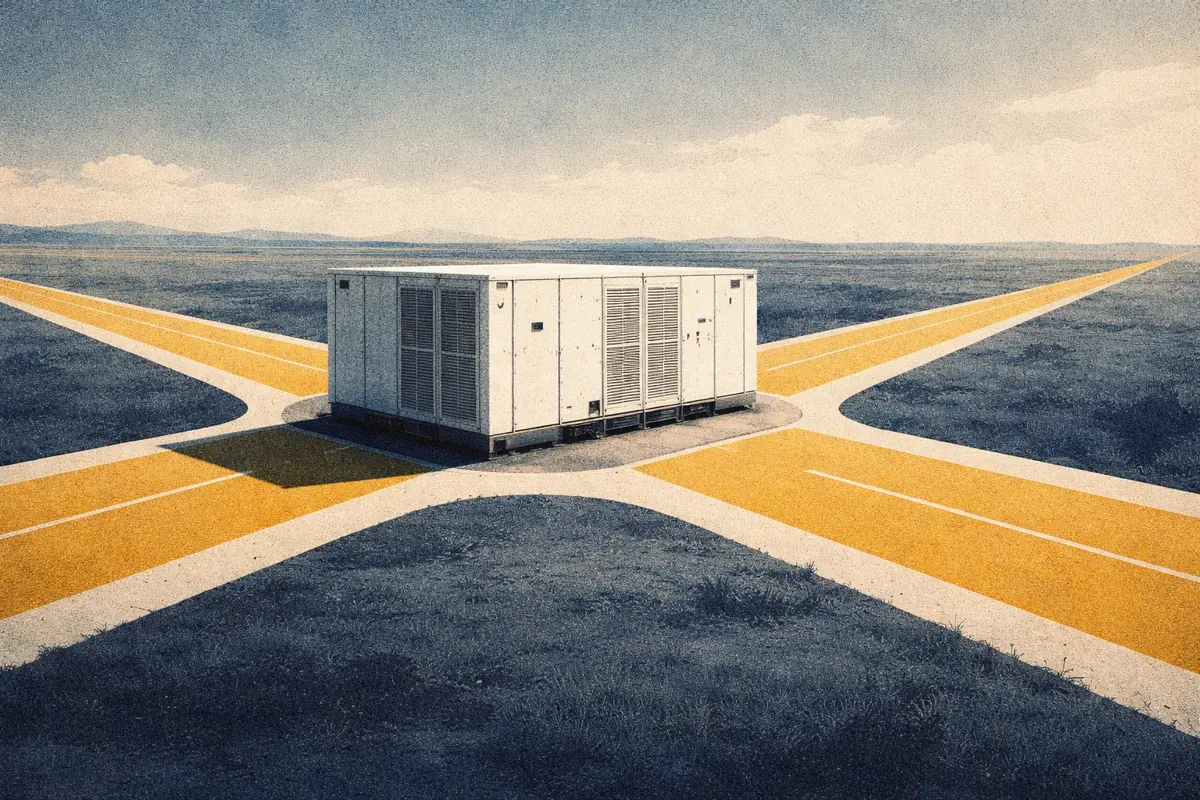12 June 2024
What strategies do ERCOT’s largest battery energy storage owners follow?
Written by:
What strategies do ERCOT’s largest battery energy storage owners follow?
In the first quarter of 2024, battery energy storage systems in ERCOT earned average revenues of around $54,000/MW (annualized).
You can track average revenues using Modo’s ERCOT BESS Index.
Some owners outperformed the Index - with portfolio makeup and operational strategies impacting revenues.
Get full access to Modo Energy Research
Already a subscriber?
Log in







